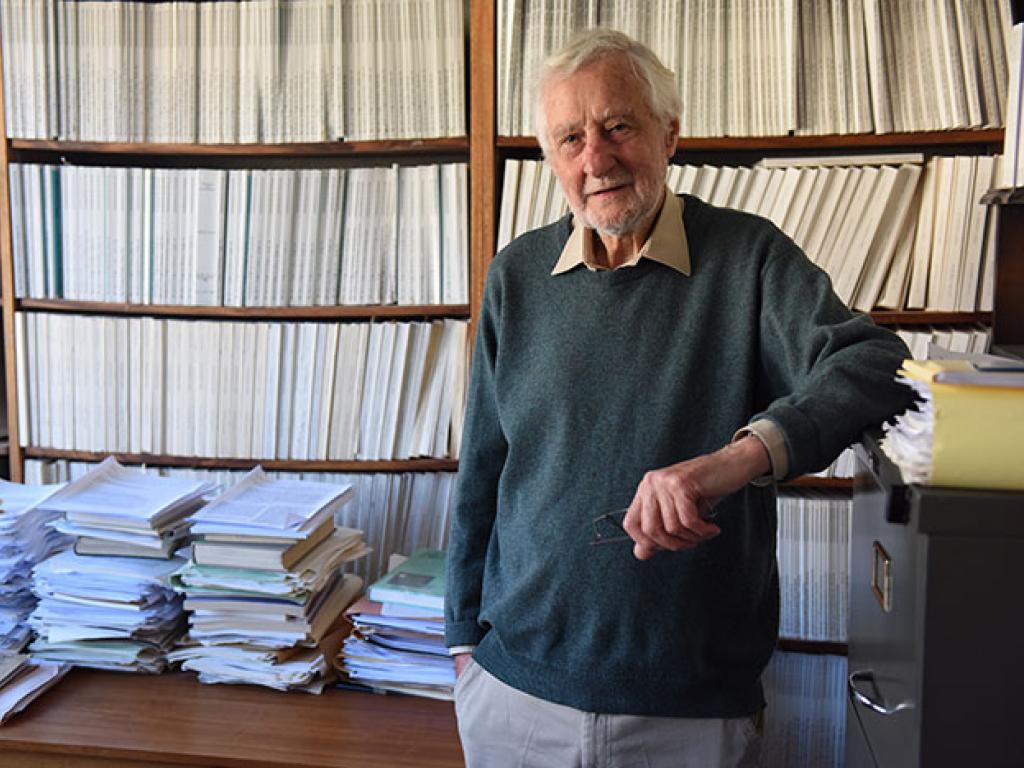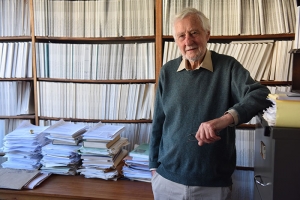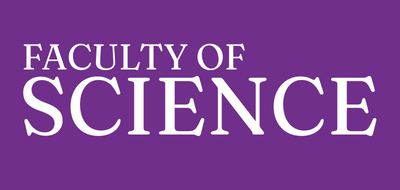UCT celebrates Lifetime Achievement Award from NRF for Professor Michael Feast


Professor Feast is quite possibly the only academic to have published papers in Nature 66 years apart: the first in 1948, when he was just 21, and most recently last year when he was 87. "Feast is a truly stellar academic," says Professor Danie Visser, deputy vice-chancellor for research and internationalisation, who nominated him for the award. "He is listed in the international Who's Who, he has had a minor planet named after him (Asteroid no. 10985 Feast, discovered from Mt Palomar in October 1977) and has represented South African astronomy at the highest international level. Yet he remains one of the most unassuming and universally liked of researchers."
Feast began his career in astronomy in 1952 when, while working in laboratory physics in Canada, he took an opportunity to work at the Radcliffe Observatory in Pretoria, which at that time was the largest telescope in the Southern Hemisphere. His work in this period contributed enormously to the understanding of Large and Small Magellanic Clouds, our nearest neighbouring galaxies. Feast also made a number of contributions to the understanding of our own Milky Way Galaxy, including quite recently (1997 to 2015), a contribution to the understanding of the structure of the galaxy, through data combined from the Hipparcos Satellite, the Hubble Space Telescope and various South African Astronomical Observatory (SAAO) telescopes in Sutherland, South Africa. His most recent groundbreaking work was the unexpected discovery of young (Cepheid) stars in the flared outer disc of the Milky Way.
Perhaps Feast's most important contribution to astronomy has been his leadership as director of the SAAO from 1976 to 1992. He was responsible for the development of the SAAO as a major international and national facility. During his time the SAAO developed into an entirely South African operation, it was initially established as a joint enterprise with the British, open to all South Africa astronomers. The observatory, under his leadership and still today, works at the forefront of astrophysics, greatly stimulating the development of astronomy in the country. During Feast's period as director an average of 32 projects a year were allocated observing time on the telescopes and each project brought one or more overseas astronomers to South Africa. Feast took a strong personal interest in all research done at the SAAO and read every paper written by a staff member before it was submitted for publication. During this period an international review panel described SAAO as "... producing the most cost-effective astronomical research in the world".
According to Visser, the work carried out at the SAAO during Feast's directorship has led to the recognition of South Africa as a major component in world astronomy.
"Astronomy is not always recognised as crucial to the development of a country. However, Feast's career demonstrates the importance of even as apparently esoteric a science as astronomy to our developmental endeavour," he says. "By playing a pivotal role in putting South African astronomy on the map, he and others like him have enabled South Africa to maximise its geographical advantage and take quantum leaps forward in the scientific reputation of South Africa, the viability of astronomy as a career for South African scientists and for the development of science in the country as a whole."
